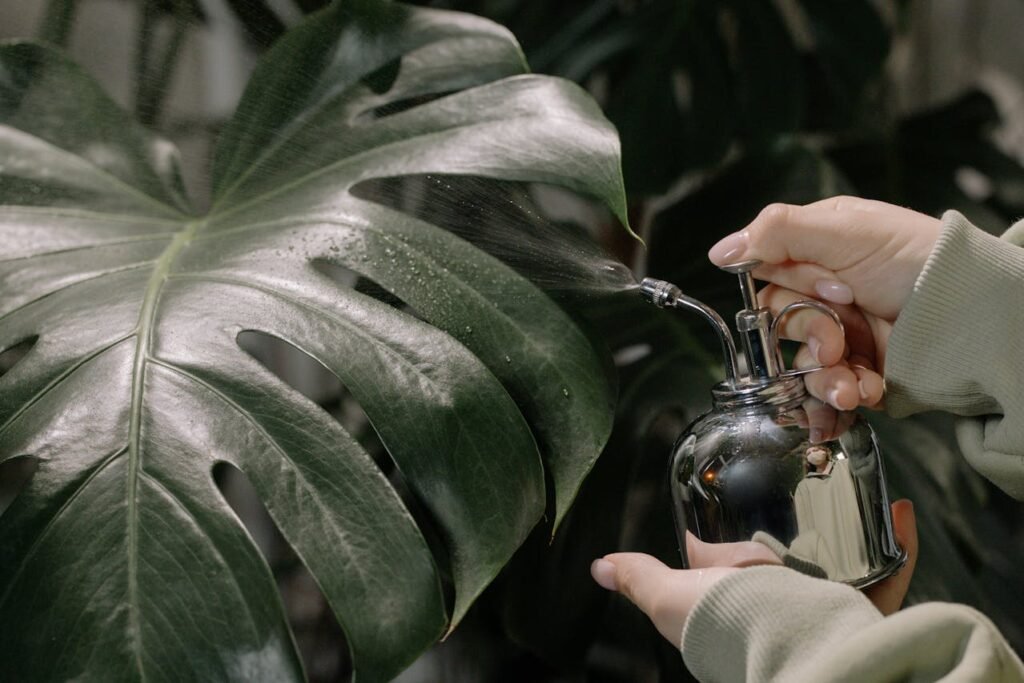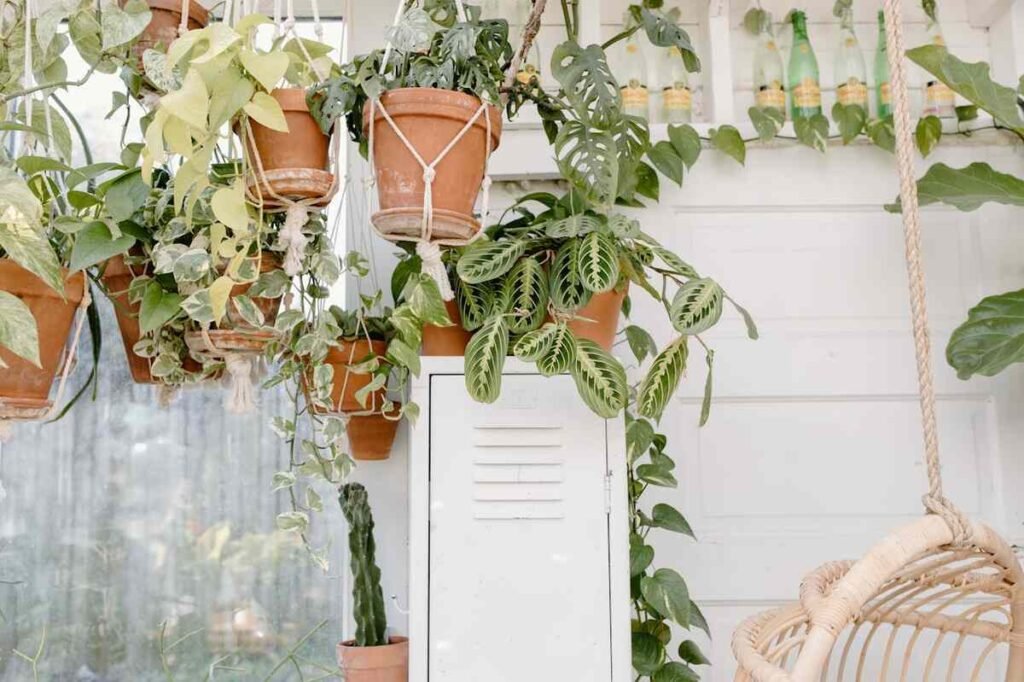Physical Address
304 North Cardinal St.
Dorchester Center, MA 02124
Physical Address
304 North Cardinal St.
Dorchester Center, MA 02124

There’s nothing more disheartening than nurturing your indoor plants—only to discover they’ve been taken over by pests. Fungus gnats, spider mites, aphids, and mealybugs can quickly turn your indoor jungle into a breeding ground of frustration. The good news? You can prevent a nightmare infestation before it begins. These 5 simple methods will help keep your plants healthy, your home bug-free, and your peace of mind intact.
Why it matters: Many infestations start with a new plant that looked healthy at the store but was harboring invisible pests. Bringing it home without inspection gives bugs a free pass to your entire collection.
Guide to inspecting new houseplants
Pro Tip: Use a magnifying glass for a closer look—many pests are tiny and easy to miss.

Why it matters: Overwatering creates soggy soil—an ideal environment for pests like fungus gnats and mold. Poor airflow allows stagnant air and moisture buildup, which attract all kinds of unwanted critters.
Preventing overwatering in houseplants
Pro Tip: Choose a well-draining soil mix that suits each plant’s needs (e.g., cactus mix for succulents).

Why it matters: Dusty leaves don’t just look bad—they block light absorption and provide a cozy surface for pests to hide or lay eggs.
How to clean houseplant leaves
Pro Tip: Add a drop of neem oil or mild soap to the water for extra pest protection during leaf cleaning.
Why it matters: Prevention is far easier than treatment. Natural repellents can keep bugs at bay without harming your plants—or your indoor air.
Homemade pest sprays for houseplants
Pro Tip: Rotate treatments monthly to avoid pest resistance.

Why it matters: Old or compacted soil can become a breeding ground for pests like root aphids or gnats. Fresh soil reduces risks and refreshes nutrients.
How to repot indoor plants safely
Pro Tip: Add a layer of horticultural sand or perlite to the top of the soil to discourage fungus gnats from laying eggs.
A few simple habits can go a long way toward protecting your indoor plants from pest invasions. With regular care, clean leaves, thoughtful watering, and natural defenses, you’ll be less likely to face a full-blown infestation.
As with most things in plant care, prevention is better (and cheaper) than cure. Stay proactive, observe your plants regularly, and act at the first sign of trouble.
If you found these tips useful, share this article with your fellow plant lovers. Let’s help everyone grow happier, healthier houseplants—together. And don’t forget to check out more plant care tips and troubleshooting guides on our blog.